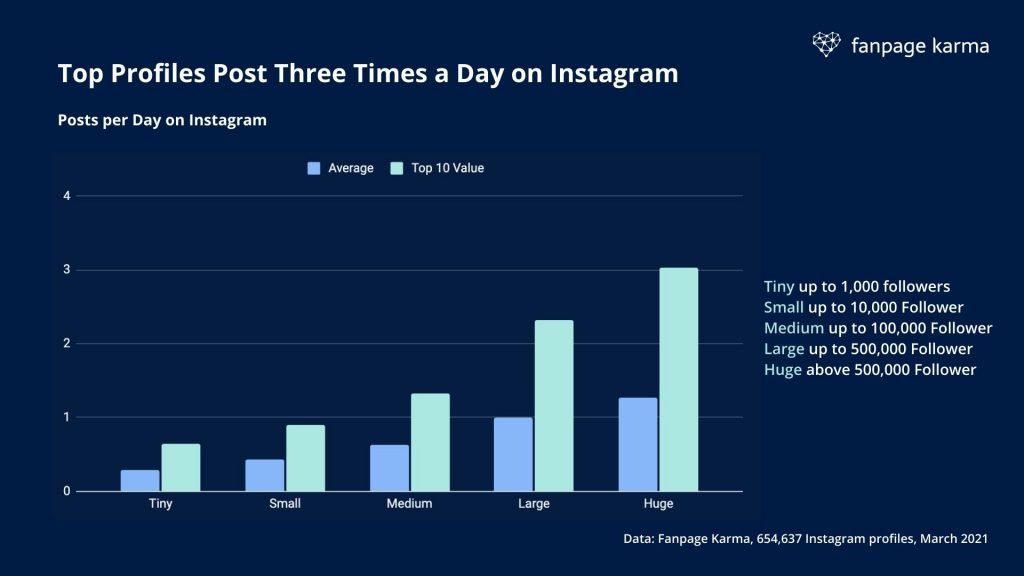A Data-Driven Perspective to the A&R Role
/Leina Gabra
Account Manager at Wavo
Wavo Blog: This series shares information that’s most relevant to music marketers around the globe.
Context
A&Rs of the 20th century relied almost exclusively on their instincts. However, A&Rs today have access to more data than ever to inform their decisions. So, how do A&Rs combine this new plethora of data alongside their knack for knowing what’s a hit?
“It’s much more important to pay attention to data points’ growth over time rather than totals.”
Strategy
It’s common knowledge by now that TikTok has become the primary driver for the (perceived) overnight success of independent artists. Unlike the sites and apps that birthed social media, TikTok’s format encourages users to consume content from people that they don’t necessarily know, allowing anyone to gain popularity. However, it is those that use the app astutely – by understanding TikTok’s algorithm and creating frequent, engaging content that is specific to their audience– that are best able to build a following and capitalize on it.
I spoke to Steeven Leblanc, Head of A&R and DSP Relations (Canada) at Symphonic Distribution, about the balance of instinct and data as an A&R in the music industry today. Leblanc notes how a strong understanding of this digital ecosystem is an important skill in itself – artists today need to “know how to sell themselves and talk about their upcoming projects” in creative ways.
Leblanc also noted that, within social media metrics, post frequency and engagement are more critical data points than followers when it comes to determining an artist’s growth potential and longevity. The importance of frequency is not limited to TikTok – he also noted the importance of frequent activity on YouTube and, to a lesser extent, Instagram, in order to build up an engaged audience on social media.
Besides social media, another way that an A&R’s job has shifted exponentially in the last decade is the emergence of streaming services and the rise of editorial and algorithmic playlists. The ability to rack up streaming numbers in the tens and thousands is an impressive feat on the oversaturated marketplaces that are streaming services and is certainly an influential data point in informing an A&R’s decision-making.
“Ticket sales are still as important of a metric in determining an artist’s success today as ever.”
However, Leblanc emphasized that, in order to sign a long-lasting artist, it is much more important to pay attention to these data points’ growth over time rather than totals. We’ve seen several artists be signed by major labels after one viral song on TikTok or one Spotify editorial placement that drove a lot of streams. If a label’s goal is to capitalize on one hit rather than develop an artist, this strategy certainly works. However, this model can sometimes accelerate an artist’s career too quickly, leaving them unprepared and unsupported after the hype dies.
This is particularly true for artists who experience this trajectory early on and are unable to perform or drive ticket sales for live events – ticket sales are still as important of a metric in determining an artist’s success today as ever.
“How each individual A&R adjusts this split between metrics and instinct depends on the label’s goal.”
Key Takeaway
So, how much does all this new data influence an A&R’s decision to sign an artist? “70% instinct, 30% data,” Leblanc said. But how each individual A&R adjusts this split depends on the label’s goal. If it’s to capitalize quickly on the success of a viral song, then social media and early streaming data are especially crucial. However, if the label aims to develop an artist over time and is willing to wait for the return on its investment to grow exponentially, A&Rs can’t abandon their instinct for knowing good music when they hear it.
Written by Leina Gabra, Account Manager at Wavo
Join our Newsletter
Join thousands of music marketers who read our weekly newsletter to stay a step ahead on music industry trends, marketing, and analytics.


